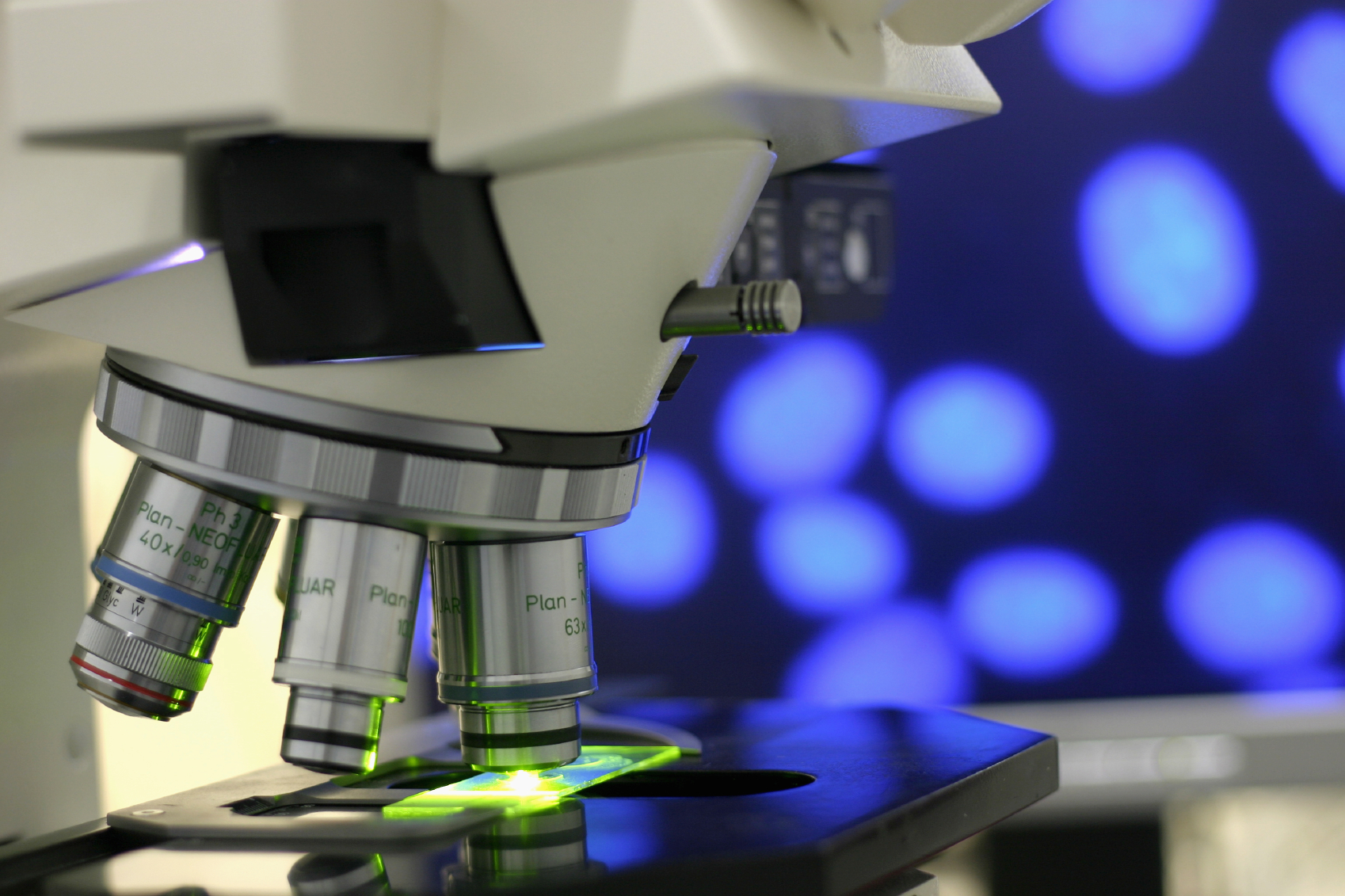The Basics of Laboratory Data – Test Your Knowledge
Posted on 06.09.2016

By now you should have your office decorated with family photos, motivational posters, and laboratory data cheat sheets. We hope you’ve been able to benefit from the information and tips provided in this series, applying it in your daily school or work setting. Just for kicks, let’s be more of a Sheldon Cooper than a Penny for a moment and express unusual excitement at the opportunity to put our knowledge to the test with this pop quiz.
1. Which differential blood count represents accurate results?
A) Segs of 59, bands of 7, lymphs of 25, monos of 6, eos of 2, and baso of 1.
B) Segs of 59, bands of 7, lymphs of 25, monos of 7, eos of 2, and baso of 1.
C) Segs of 58, bands of 7, lymphs of 25, monos of 7, eos of 1, and baso of 1.
2. A CMP is a BMP with the addition of which tests?
A) Thyroid function tests.
B) Liver function tests.
C) Renal function tests.
3. An alkaline phosphatase level of 135 would indicate a critical value for which age group?
A) Ages 9-15.
B) Age 22 and older.
C) Under 2 years of age.
4. A WBC of 6.3 is the same as a WBC of 63,000.
A) True.
B) False.
C) It depends on the unit of measure being used.
Hopefully your answers are A, B, B, B. If so, give yourself a pat on the back and enjoy your reward of our final cheat sheet.
Urinalysis with Microscopic Evaluation
| Urinalysis |
| Microscopic Evaluation |
| Color | Yellow |
| Appearance | Clear |
| pH | 5.0 to 8.0 |
| Albumin (Protein) | Negative |
| Glucose | Negative |
| Specific Gravity | 1.005 to 1.030 |
| Ketones | Negative |
| Bilirubin | Negative |
| Urobilinogen | 0.2 to 2.0 |
| Nitrites | Negative |
| Leukocyte Esterase | Negative |
| Blood | Negative |
| Squamous Epithelial Cells | 0 to 2 |
| Leukocytes | 0 to 4 |
| Erythrocytes | 0 to 3 |
| Bacteria and Yeast | Negative |
| Sediment | Negative to Trace |
Tips
• Protein may be more specifically dictated as “albumin.”
• Don’t confuse nitrites and nitrates. Remember, urine does not have an ‘a’ in it and neither does nitrites.
• Sediment may be more specifically dictated as “casts” and “crystals.”
• Foods can affect both color and appearance. For example, consuming beets can cause urine to have a reddish tone to it, and while cloudy or turbid urine often indicates pus and bacteria, eating large amounts of fats can also cause a cloudy appearance.
• Specific gravity results may be dictated as two whole numbers rather than one decimal number. For example, “ten-fifteen” rather than “one-point-zero-one-five.” Be sure to correctly transcribe the decimal number (1.015) regardless of how it was dictated.
• Specific gravity and color both indicate urine concentration. As a rule of thumb, low specific gravity indicates dilute urine, which should be pale yellow or straw in color, while high specific gravity indicates concentrated urine, which should be amber or dark yellow in color.
• Presence of glucose is, as you probably guessed, indicative of uncontrolled diabetes, among other things.
• Large amounts of squamous epithelial cells (for example: 25 to 50 low-power field or lpf) may simply indicate contamination of what was supposed to have been a clean-catch urine sample.